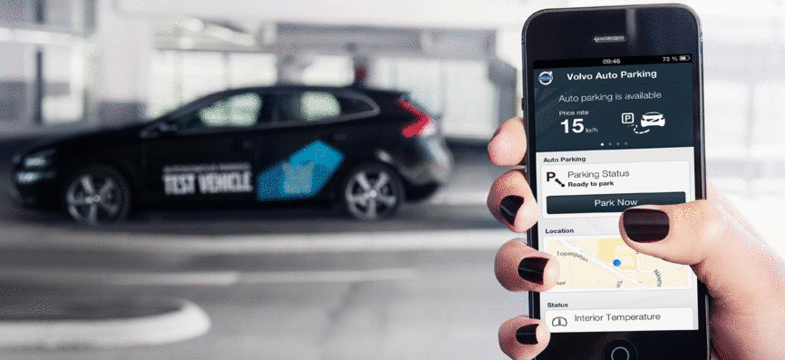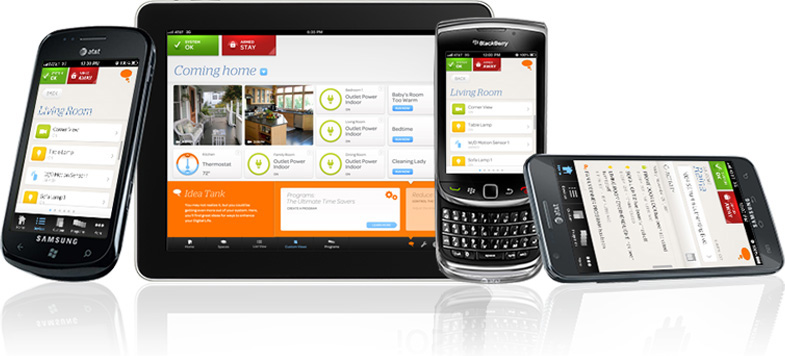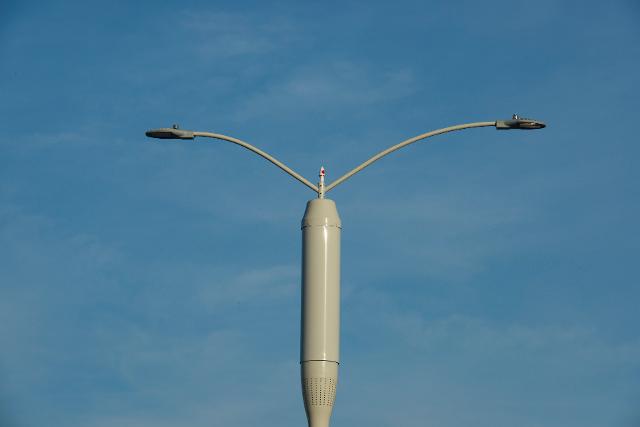Smart City at Mobile World Congress 2014
Already, we are getting information about establishments and traffic jams on smartphones, navigators are laying the best routes for us, while we complain about holes in the roads, we order goods at home or in the office. What will be next? In this post - several technologies presented at the Mobile World Congress that can improve our life in the city.
Who remembers how agent 007 drove his car with his cell phone? Or there was some kind of special device ... Ericsson introduced a technology that allows the car to park without your help. We drove up to the restaurant, got out of the car, pressed a button and went to eat - the car itself will find a parking place and will stand on it.
The project has only one problem - the legal one: who will answer if someone touches someone’s car while searching for a parking place and parking.

We want to receive goods in hand. And if you need to leave the office for a meeting? Or to the other end of the city to pick up a child from kindergarten? Ericsson is once again testing a new idea at Volvo: the package is delivered directly to the car, wherever it is. You may not be in the car - the courier himself will be able to open the trunk using a smartphone, to which a one-time key will be sent. Now in Sweden, products are delivered in this way.
An important component of the project is the one-time key in the smartphone. This technology can be used in various fields - to open doors in hotels, lockers in gyms and more.

A slightly less fantastic thing is the Park & Pay system, which is part of Volvo's Sensus Connect package. The system is looking for the nearest paid parking and methods of payment.

What is a smart city without smart homes? The AT&T operator offers round-the-clock control of the house, safety and even animal care. The Home Automation Energy Management kit includes automatic locks controlled from a smartphone, an automatic light switch (we deceive thieves as if we had not left the city), and a housekeeper robot.

Philips offers the city to do the following: install LED-lamps for free, which save energy. Philips will install and service the luminaires, but on one condition - the city will pay the same amount of electricity until the investment is repulsed. The company did this project together with Ericsson - there will also be a base station in the lamps.

I have often experienced communication problems in the office. I think I'm not alone in this. There is an opportunity to cope with this problem: install an additional Internet Radio Dot base station directly in the office building to provide employees with the most comfortable mobile communications.
One such point will provide excellent communication in a room of about fifty square meters.

Interesting:
Sony at Mobile World Congress 2014
New Wearable Electronics at # MWC2014. The first day
Automatic parking
Who remembers how agent 007 drove his car with his cell phone? Or there was some kind of special device ... Ericsson introduced a technology that allows the car to park without your help. We drove up to the restaurant, got out of the car, pressed a button and went to eat - the car itself will find a parking place and will stand on it.
The project has only one problem - the legal one: who will answer if someone touches someone’s car while searching for a parking place and parking.

Delivery in a car
We want to receive goods in hand. And if you need to leave the office for a meeting? Or to the other end of the city to pick up a child from kindergarten? Ericsson is once again testing a new idea at Volvo: the package is delivered directly to the car, wherever it is. You may not be in the car - the courier himself will be able to open the trunk using a smartphone, to which a one-time key will be sent. Now in Sweden, products are delivered in this way.
An important component of the project is the one-time key in the smartphone. This technology can be used in various fields - to open doors in hotels, lockers in gyms and more.

Parking Search
A slightly less fantastic thing is the Park & Pay system, which is part of Volvo's Sensus Connect package. The system is looking for the nearest paid parking and methods of payment.

Smart home from AT&T
What is a smart city without smart homes? The AT&T operator offers round-the-clock control of the house, safety and even animal care. The Home Automation Energy Management kit includes automatic locks controlled from a smartphone, an automatic light switch (we deceive thieves as if we had not left the city), and a housekeeper robot.

Free fixtures
Philips offers the city to do the following: install LED-lamps for free, which save energy. Philips will install and service the luminaires, but on one condition - the city will pay the same amount of electricity until the investment is repulsed. The company did this project together with Ericsson - there will also be a base station in the lamps.

Office base station
I have often experienced communication problems in the office. I think I'm not alone in this. There is an opportunity to cope with this problem: install an additional Internet Radio Dot base station directly in the office building to provide employees with the most comfortable mobile communications.
One such point will provide excellent communication in a room of about fifty square meters.

Interesting:
Sony at Mobile World Congress 2014
New Wearable Electronics at # MWC2014. The first day
